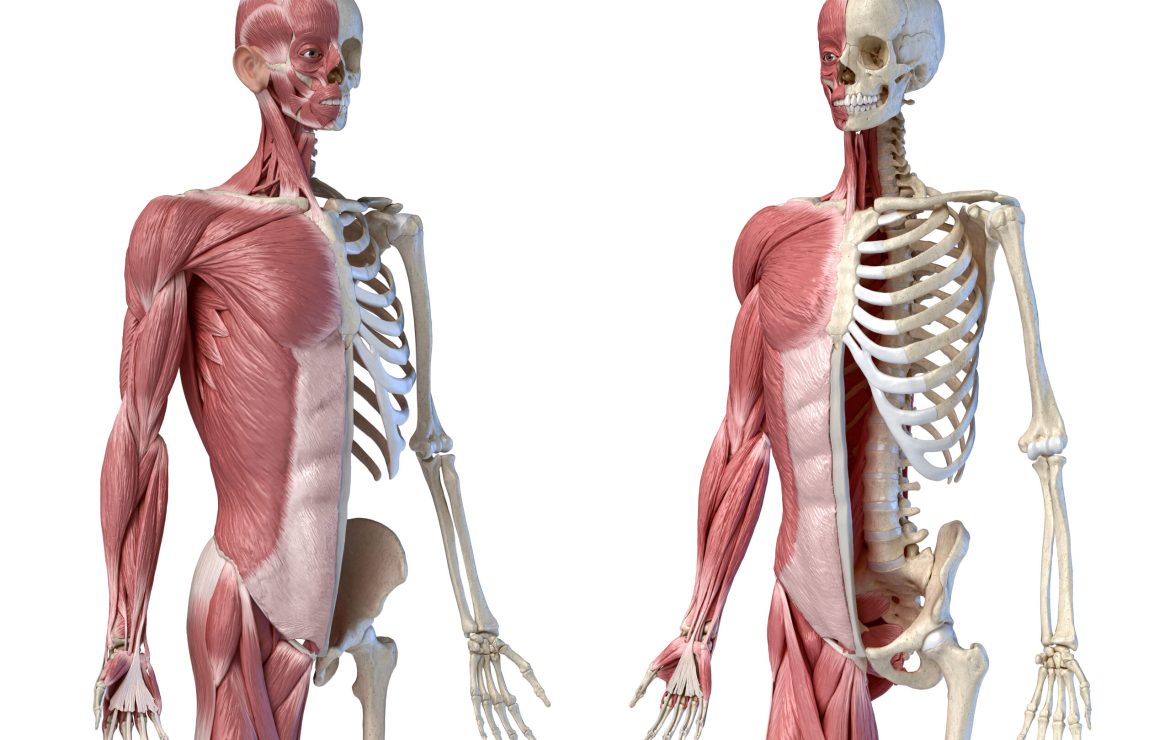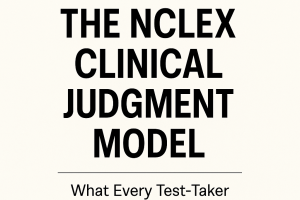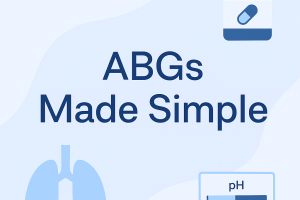Mastering the Musculoskeletal System for the NCLEX: Key Concepts and Tips

The musculoskeletal system is a crucial topic on the NCLEX exam, as it encompasses the structure and function of bones, muscles, joints, and connective tissues. Understanding this system is essential for providing comprehensive nursing care to patients with musculoskeletal conditions. In this blog post, we’ll cover the key concepts of the musculoskeletal system, common disorders, nursing interventions, and tips to help you prepare for the NCLEX.
Overview of the Musculoskeletal System
The musculoskeletal system consists of several components that work together to enable movement, provide support, and protect vital organs. Here’s a quick review:
1. Bones
- Function: Provide structure, protect organs, anchor muscles, and store minerals.
- Types: Long bones (e.g., femur), short bones (e.g., carpals), flat bones (e.g., sternum), and irregular bones (e.g., vertebrae).
2. Muscles
- Function: Enable movement by contracting and relaxing.
- Types: Skeletal muscles (voluntary muscles attached to bones), smooth muscles (involuntary muscles in organs), and cardiac muscle (heart muscle).
3. Joints
- Function: Allow for different types of movement between bones.
- Types: Synovial joints (e.g., knee and elbow), cartilaginous joints (e.g., spine), and fibrous joints (e.g., skull sutures).
4. Connective Tissues
- Cartilage: Cushions joints and reduces friction.
- Tendons: Connect muscles to bones.
- Ligaments: Connect bones to other bones, providing joint stability.
Common Musculoskeletal Disorders on the NCLEX
Understanding common musculoskeletal disorders and their management is vital for the NCLEX. Here are some key conditions you should be familiar with:
1. Osteoarthritis
- Description: Degenerative joint disease characterized by the breakdown of cartilage.
- Symptoms: Joint pain, stiffness, swelling, reduced range of motion.
- Nursing Interventions: Pain management, physical therapy, patient education on joint protection and exercise.
2. Rheumatoid Arthritis
- Description: Autoimmune disorder causing chronic inflammation of the joints.
- Symptoms: Joint pain, swelling, stiffness, deformity.
- Nursing Interventions: Pain management, anti-inflammatory medications, patient education on managing fatigue and joint care.
3. Osteoporosis
- Description: Decreased bone density leading to increased fracture risk.
- Symptoms: Often asymptomatic until a fracture occurs; can cause back pain and loss of height.
- Nursing Interventions: Calcium and vitamin D supplementation, weight-bearing exercises, fall prevention strategies.
4. Fractures
- Description: Breaks or cracks in bones due to trauma or pathological conditions.
- Symptoms: Pain, swelling, deformity, loss of function.
- Nursing Interventions: Immobilization, pain management, monitoring for complications like infection or deep vein thrombosis (DVT).
5. Sprains and Strains
- Description: Sprains involve ligament injuries, while strains involve muscle or tendon injuries.
- Symptoms: Pain, swelling, bruising, limited movement.
- Nursing Interventions: RICE (Rest, Ice, Compression, Elevation), pain management, gradual return to activity.
Key Nursing Interventions for Musculoskeletal Conditions
For the NCLEX, it’s important to know the appropriate nursing interventions for musculoskeletal conditions:
1. Pain Management
- Use a multimodal approach including medications (NSAIDs, opioids), physical therapy, and alternative methods (heat/cold therapy, acupuncture).
2. Mobility and Exercise
- Encourage safe and appropriate exercises to maintain or improve joint function and muscle strength.
- Educate patients on proper body mechanics and the use of assistive devices.
3. Preventing Complications
- Monitor for signs of complications such as DVT, pressure ulcers, and infections.
- Implement fall prevention strategies for at-risk patients.
4. Patient Education
- Teach patients about their condition, treatment options, and self-care strategies.
- Emphasize the importance of adherence to treatment plans, including medication schedules and physical therapy.
NCLEX Test-Taking Tips
To excel on the musculoskeletal system questions in the NCLEX, consider the following tips:
1. Understand Key Concepts
- Ensure you have a solid grasp of musculoskeletal anatomy and physiology, common disorders, and their management.
2. Prioritize Patient Safety
- Focus on interventions that ensure patient safety, such as fall prevention, proper use of assistive devices, and monitoring for complications.
3. Practice Questions
- Use NCLEX practice questions to familiarize yourself with the format and types of questions you may encounter.
- Review rationales for both correct and incorrect answers to deepen your understanding.
4. Develop Critical Thinking Skills
- Apply critical thinking to scenarios presented in NCLEX questions. Consider the patient’s overall condition and prioritize nursing actions based on ABCs (Airway, Breathing, Circulation) and Maslow’s hierarchy of needs.
5. Stay Calm and Confident
- Manage test anxiety through regular study, practice, and relaxation techniques. Approach each question methodically, and trust in your preparation.
Conclusion
The musculoskeletal system is a vital component of human health and a significant focus area for the NCLEX exam. By understanding the structure and function of this system, recognizing common disorders, and mastering key nursing interventions, you can effectively prepare for the NCLEX and provide high-quality care to patients with musculoskeletal conditions. Remember to utilize practice questions, prioritize patient safety, and apply critical thinking to excel in your exam and future nursing practice.






